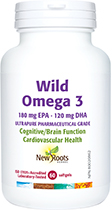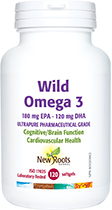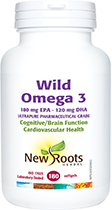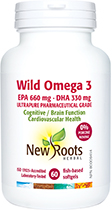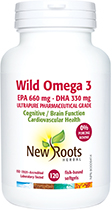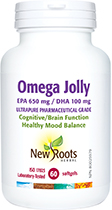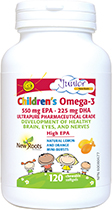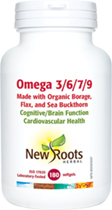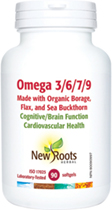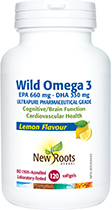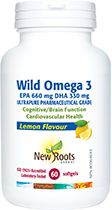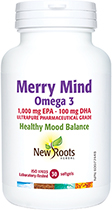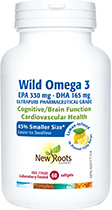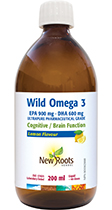Omegas—It’s a Numbers Game
In the intricate realm of nutrition, the omega fatty acids play a pivotal role, each with its unique set of benefits. Omega‑3, omega‑6, omega‑7, and omega‑9, all members of the essential fatty acid family, contribute to our overall health in distinct ways. As we navigate the numbers game of omegas, it is crucial to understand their differences, their importance, and the potential consequences of deficiencies.
Understanding the Omegas: 3, 6, 7, 9
Omega‑3
Importance: Crucial for heart health, brain function, and mental health; also helps reduce inflammation.
Sources: Fatty fish, flaxseed, chia seeds, walnuts, and some plant oils.
Deficiency Impact: Cardiovascular issues, cognitive decline, depressed mood, age-related macular degeneration, and increased inflammation.
Omega‑6
Importance: Essential for skin health, women hormonal balance, and cellular function.
Sources: Plant oils, tofu, nuts, seeds, meats, and eggs.
Deficiency Impact: Most standard American diets provide too much omega‑6; therefore, deficiency is rare and often creates an imbalance with omega‑3, which can contribute to inflammatory conditions.
Omega‑7
Importance: Supports healthy skin, hair, eyesight, cardiovascular health, and mucous membranes.
Sources: Avocados, olive oil, sea buckthorn oil, and macadamia nuts.
Deficiency Impact: Not well-documented; may contribute to higher cholesterol and triglyceride levels, skin, and digestive issue (found in some concentrations in mucous membranes, including those of the digestive tract).
Omega‑9
Importance: Supports cholesterol balance, reduces inflammation, and improves insulin sensitivity.
Sources: Olive oil, avocados, and nuts.
Deficiency Impact: Rare, as the body can produce omega‑9, but an adequate intake remains beneficial.
Most Frequent Signs and Symptoms of an Omega Deficiency: |
|
|
Cardiovascular: Ω–3, –6, –7, –9 High triglycerides, total cholesterol, LDL and low HDL, vascular issues |
Eyes Ω–3, –7 Dry eyes and age-related macular degeneration |
|
Skin Issues Ω–6, –9 Atopic dermatitis, psoriasis, acne |
Hair Ω–6 Thickness, texture, and strength |
|
Cognitive and Memory Ω–3 |
Low Mood Ω–3 |
|
Joint Pain and Stiffness Ω–3, –6 |
Digestive Issues Ω–7 |
|
Inflammation Ω–3, –9 |
Hormonal Imbalance Ω–6 |
The ALA Connection: Essential, but with Limited Conversion into EPA and DHA
alpha-Linolenic acid (ALA), found in flaxseed, chia seeds, and walnuts, serves as plant source of omega‑3 essential fatty acid. The importance of ALA lies in its role as a precursor to EPA and DHA.
While plant sources of omega‑3 that are rich in ALA are beneficial, the conversion to EPA and DHA remains limited—approximately 5–10%. Factors influencing this conversion include gender, genetics, and age. Therefore, relying solely on plant sources for omega‑3 may not provide sufficient levels of the more potent EPA and DHA.
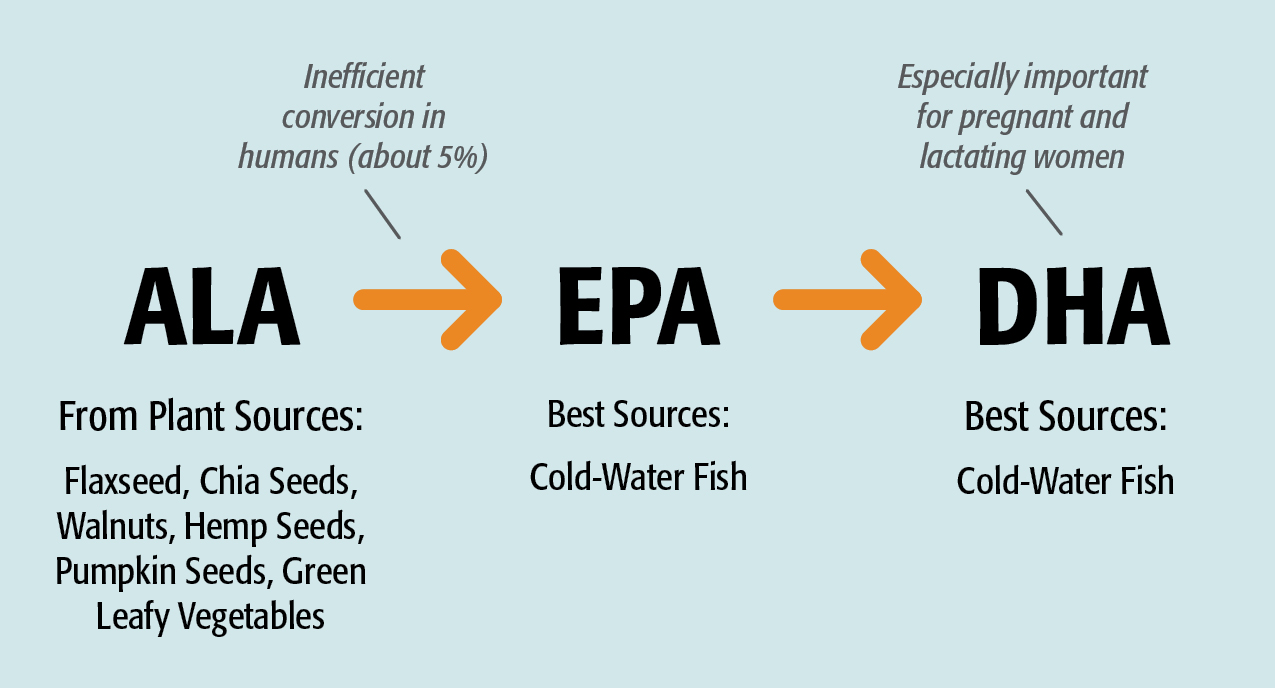
The Omega-3 Index: A Measure of Wellbeing
Determining if you are getting enough omega‑3 can be assessed through the Omega‑3 Index. This index measures the amount of EPA and DHA in red blood–cell membranes, expressed as a percentage of total membrane fatty acids.
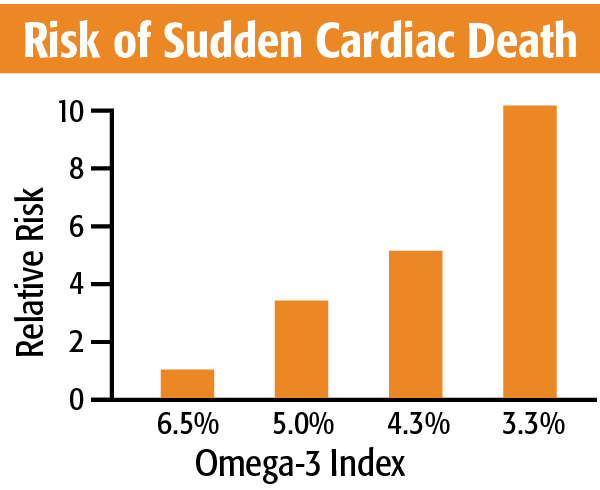
Alarming findings from Canadian studies reveal that only 3% of the population obtains enough omega‑3 through diet and supplementation to protect against cardiovascular disease. A significant 54% are at intermediate risk, while a concerning 43% are deficient, placing them at a higher risk of cardiovascular issues.
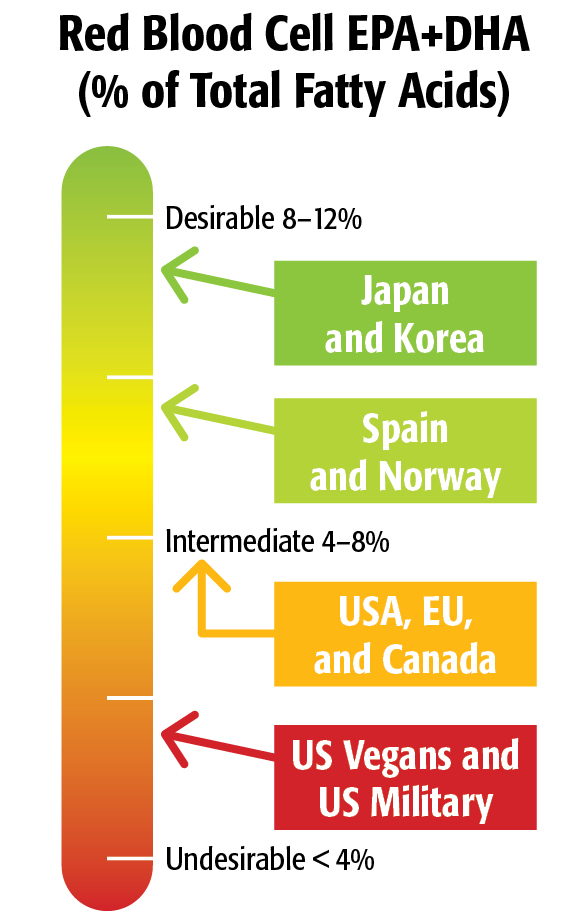
The Ideal Dosage
For optimal health, it is recommended to have a well-balanced diet that incorporates a minimum of two servings of fish per week, with one of them being an oily fish. However, many individuals fall short of meeting this guideline. It is important to note that specific types of fish have suggested limits on their consumption, due to their potential contamination with mercury or hundreds of other environmental pollutants. These warnings are there to ensure you continue to have a healthy dietary balance.
Subpopulation |
EPA+DHA (mg/day) |
||
Minimum |
Maximum1 |
||
|
Children |
1–8 years |
100 |
1,500 |
|
|
9–11 years |
100 |
2,000 |
|
Adolescents |
12–13 years |
100 |
2,000 |
|
|
14–17 years |
100 |
2,500 |
|
Adults2 |
18 years |
100 |
2,500 |
|
|
19 years+ |
100 |
5,000 |
|
1. Adult maximum dose is supported by US FDA 1997. Children and adolescent maximum doses are calculated as a fraction of the adult dose and are relative to body weight and caloric intake. 2. Includes pregnant and breast-feeding women. |
|||
Another concern arises from the variability in omega‑3 content among different fish. To illustrate, a 2.5 oz. serving of wild salmon yields approximately 1,600 mg of EPA and DHA combined, whereas a 4 oz. serving of cod supplies only around 250 mg of EPA and DHA. Therefore, for individuals who do not consume fish regularly, supplementation with omega‑3 fish oil may be more realistic (read: necessary).
|
Which Fish is the Richest in Omega-3s? (per 4 oz. Cooked Portion) |
|||
|
♥♥♥♥ |
♥♥♥ |
♥♥ |
♥ |
|
> 1,000 mg |
500—1,000 mg |
250—500 mg |
< 250 mg |
|
Anchovies Herring Mackerel (Atlantic and Pacific) Oysters (Pacific) Sablefish (Black Cod) Salmon (Atlantic, Chinook, and Coho) Sardines (Atlantic and Pacific) Swordfish Trout |
Alaskan Pollock Barramundi Crab Mussels Salmon (Chum, Pink, and Sockeye) Sea Bass Squid Tilefish Tuna (Albacore/White) Walleye |
Catfish Clams Flounder/Sole Grouper Halibut Mackerel (King) Perch Rockfish Snapper Tuna (Skipjack) |
Cod Crayfish Haddock Lobsters Mahi Mahi Shrimp Scallops Tilapia Tuna (Yellowfin) |
Drawing from clinical research assessing the impact of EPA and DHA intake on the Omega‑3 Index, it is advised that most adults aim for a daily consumption of 1,400 to 2,800 mg of these omega‑3 fatty acids. For children, a minimum of 700 mg per 20 kg (40 lb) of body weight is recommended.
When selecting an omega‑3 supplement, it is crucial to scrutinize the label for the specific EPA and DHA content rather than focusing solely on the total fish-oil content. Some economical fish-oil supplements may provide only 300 mg, falling short of the recommended daily dose of 1,000 mg of EPA and DHA.
 Balancing the Omega‑6-to-Omega‑3 Ratio
Balancing the Omega‑6-to-Omega‑3 Ratio
Apart from considering individual omega fatty acids, the crucial factor lies in the balance between omega‑6 and omega‑3. Research on paleolithic nutrition proposes an ideal ratio of 1 to 2 parts omega‑6 to 1 part omega‑3 (or 1–2:1), yet contemporary diets often lean towards a ratio of 20 parts to 1 (20:1). Achieving an optimal ratio, preferably 2:1, is associated with better health and diminished inflammation, which ultimately emphasizes the importance of maintaining a balanced intake.
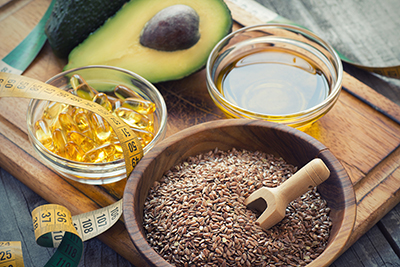 Diverse Personas, Diverse Challenges
Diverse Personas, Diverse Challenges
Vegetarian Persona
Habits: Weekly consumption of flaxseed, nuts, and tofu.
Challenges: Suffering from low mood and depression.
Considerations: Despite a plant-based diet rich in omega‑3 sources, the conversion to EPA and DHA may be insufficient, contributing to mood-related issues. Taking an omega‑3 supplement or incorporating algae-based sources could be beneficial. Studies suggest that either pure EPA or a combination of EPA and DHA with a ratio of at least 2 in favour of EPA be used, while the suggested EPA dose is 1 to 2 g/day.
SAD Diet Men Persona
Habits: Typical American diet rich in meat and potatoes.
Challenges: Systemic inflammation and high cholesterol levels putting him at risk for cardiovascular disease.
Considerations: Reducing omega‑6–rich processed foods and increasing omega‑3 intake through fish or supplements can help restore a more balanced omega‑6-to-omega‑3 ratio, potentially alleviating inflammation and promoting heart health. The aggregation of data from 17 studies showed an 18% reduction in risk for any coronary heart disease event for those with higher dietary intake of EPA and DHA compared to those with lower intake. It was estimated that every gram of EPA and DHA daily corresponded to a 9% and 7% lower risk of myocardial infarction and total coronary heart disease, respectively, and to a 5.8% lower risk of CVD events.
Picky Eater Persona
Habits: Young child, a picky eater with less than 1–2 portions of halibut fish steak once a week with lots of sauce to mask it.
Challenges: Difficulties concentrating at school and memory issues.
Considerations: His omega‑3 intake is estimated to be between around 250 mg per week, falling short of recommended levels of minimum of 100 mg/day. Several studies have reported lower levels of EPA and DHA in the bloodstream of children with attention-deficit/hyperactivity disorder or autistic spectrum disorders than in control children.
In the symphony of nutrition, omegas harmonize to create a melody of wellbeing. Achieving balance, whether through diverse dietary sources or supplementation, is paramount. You can also take the Omega‑3 Index test to determine your starting point. Monitoring potential symptoms of deficiency, understanding the omega‑6-to-omega‑3 ratio, and addressing deficiencies contribute to a comprehensive strategy for optimal health. The numbers game of omegas is not just about individual fatty acids: It is about orchestrating a symphony of nutrients that resonate with our wellbeing.
Annick Moffatt, ND
With more than 20 years of experience in the health domain, first in psychology, then as a naturopathic doctor, she brings a holistic approach to health problems.

 Stores
Stores
